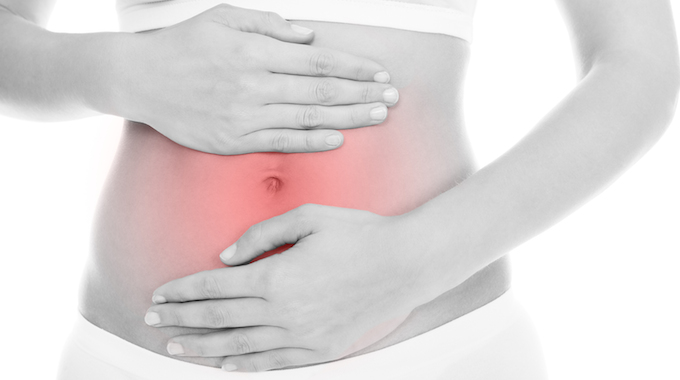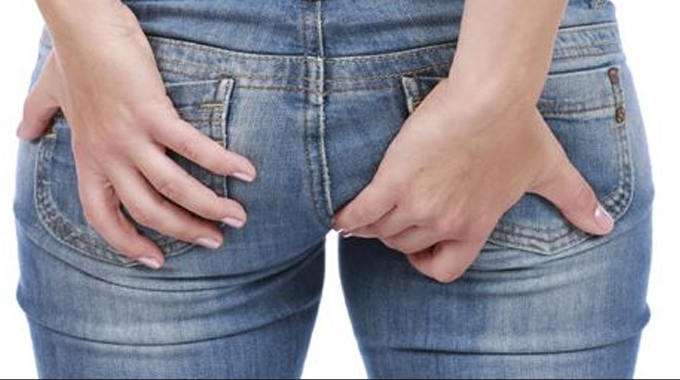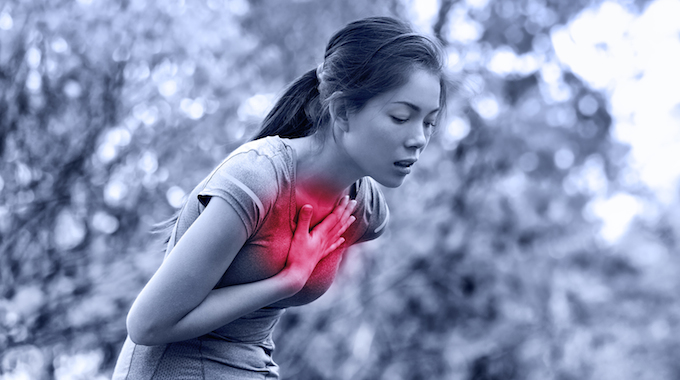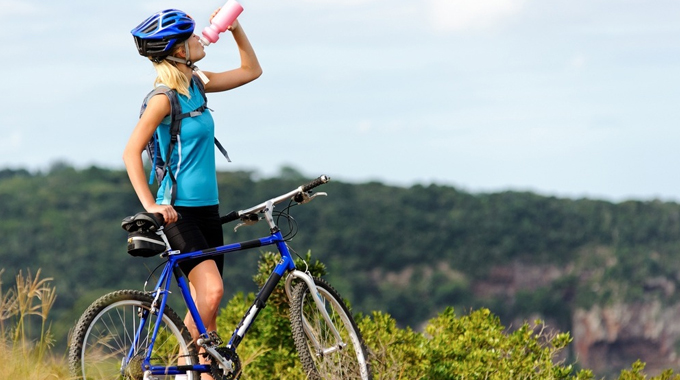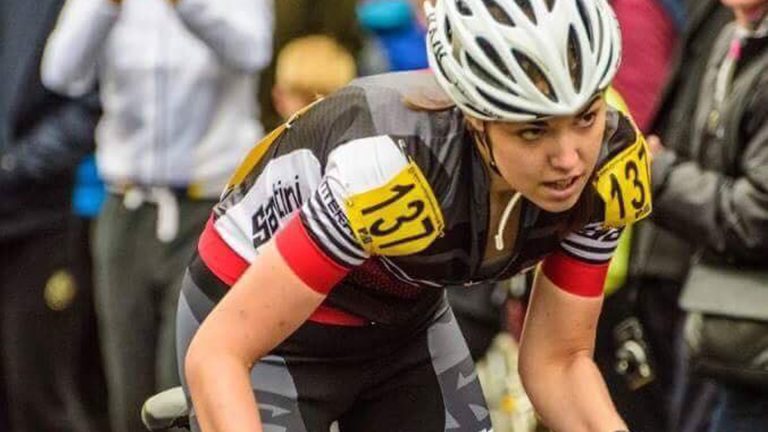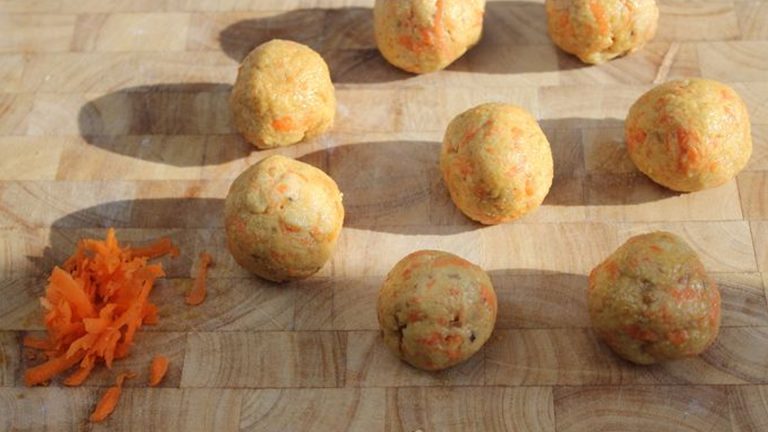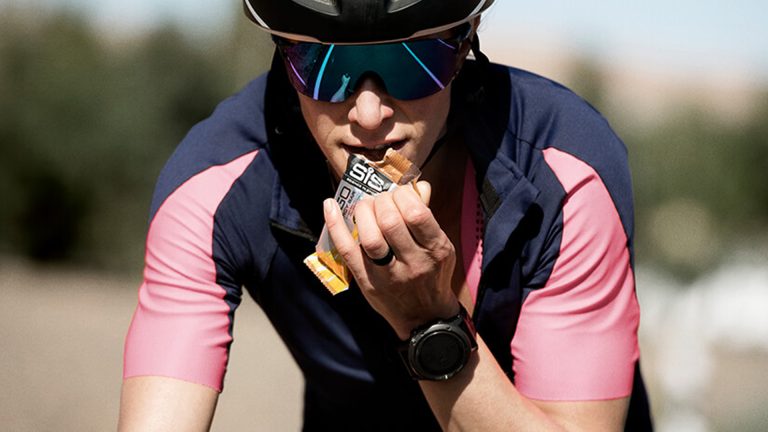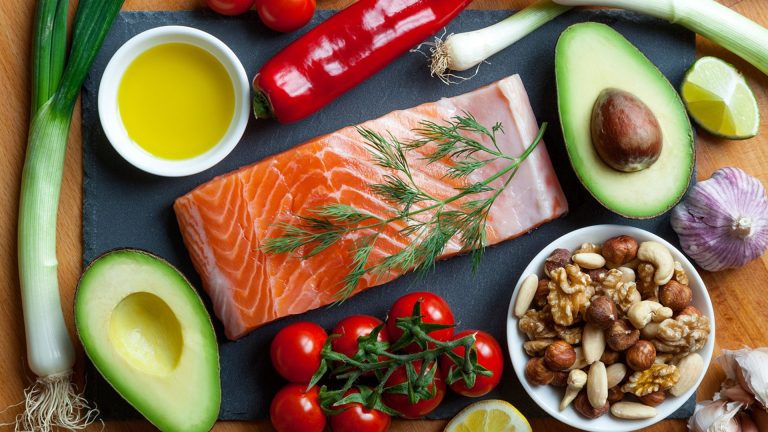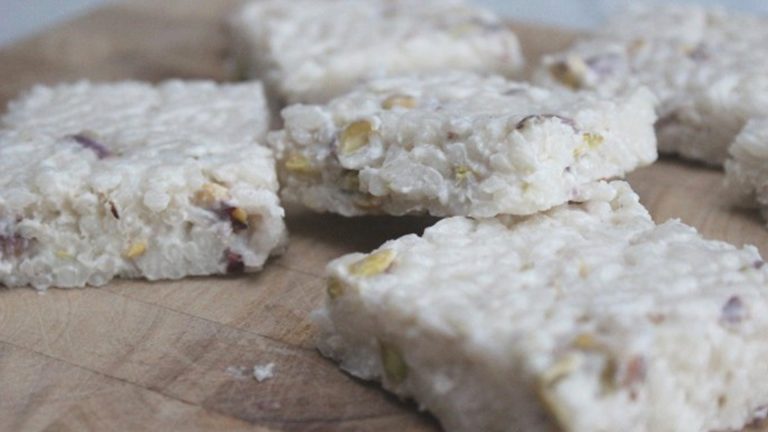Gastrointestinal symptoms on the bike are quite common. Most of us have experienced some level of indigestion, flatulence, nausea or stomach cramps during a ride. For many, these problems are mild annoyances, but for some, they can cause misery. And no one wants to be miserable while cycling.
In order to try and help you understand why your body reacts negatively to doing exercise that is good for you, we spoke to dietitian, sports nutritionist and former international road cyclist and downhill mountain bike racer Danielle Clay. She helped us create this guide to what’s actually happening to your insides, and how to prevent those symptoms from ruining your day.
What’s Going On?

Although indigestion, flatulence, nausea and stomach cramps can be managed individually, the source of these varying kinds of discomfort originates for the same reasons.
When riding, physiological changes occur in the digestive tract as a result of reduced blood flow. “The blood flow is being redirected away from the digestive tract, as the body perceives it to be less of a crucial area,” say Danielle. “Instead, blood flow is focused on working muscles.”
This alters how your gut usually works. The movement of food through it will not be regular, which can lead to irritation and inflammation of the digestive tract.
There’s also a lot of hormones circulating, like adrenalin, noradrenalin and cortisol (stress hormones). These impact gastrointestinal motility too. The digestive tract also produces its own hormones and enzymes to cope with the stress you’re placing on it during exercise. This helps contribute to the general disturbances that cycling causes your digestive tract!
All this means there are changes in your ability to absorb nutrients and fluids, slowing down digestion.
The bottom line: Cycling freaks your digestive system out because the body re-routes blood flow to your exercising muscles and forgets about the bits that make you not fart.

